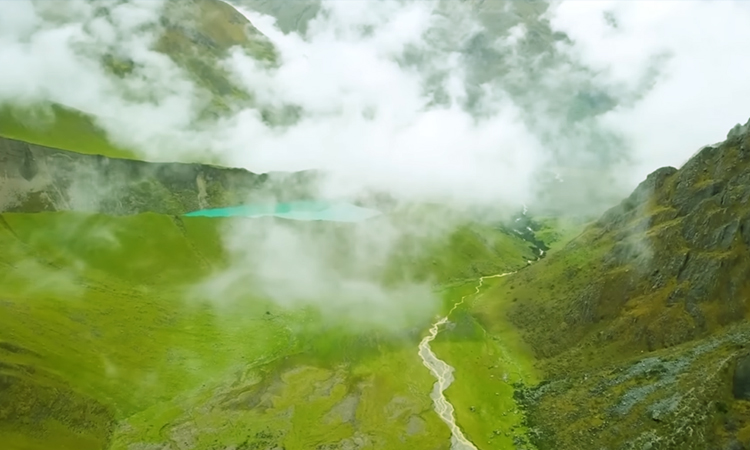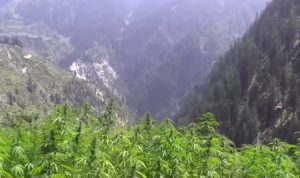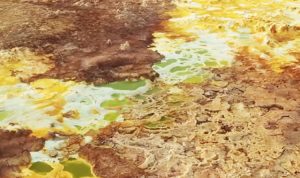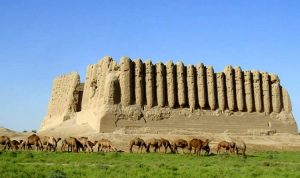South America – The Andes Mountains, a majestic geological feature that spans the length of South America, have long been celebrated for their breathtaking landscapes and rich cultural heritage. However, beyond their natural beauty and historical significance, the Andes are also home to some of the world’s most valuable mineral resources, making them a vital player in the global mining industry.
The Andes, stretching over 7,000 kilometers (4,300 miles) from the northern tip of Venezuela to the southern reaches of Chile and Argentina, hold the title of being the longest mountain range on Earth. This sprawling mountain system was formed through the tectonic collision between the South American Plate and the Nazca Plate. This complex geological history has resulted in the creation of diverse landscapes, from towering peaks to fertile valleys.
Beneath the Andes’ rugged terrain lies a treasure trove of mineral resources that have been a source of economic wealth and industrial importance for decades. These mountains are renowned for their abundance of valuable minerals, including copper, gold, silver, and lithium.
– Copper: The Andes are often called the “Copper Belt” due to the immense copper deposits found here. Chile, in particular, boasts some of the world’s largest copper mines, contributing significantly to global copper production.
– Gold and Silver: Gold and silver have been mined in the Andes for centuries. Peru is one of the world’s top producers of both precious metals, thanks to its extensive Andean gold and silver reserves.
– Lithium: As the world’s demand for lithium, a key component in batteries for electric vehicles and renewable energy storage, continues to grow, the Andes are emerging as a crucial source. Bolivia’s Salar de Uyuni is one of the largest lithium deposits globally.
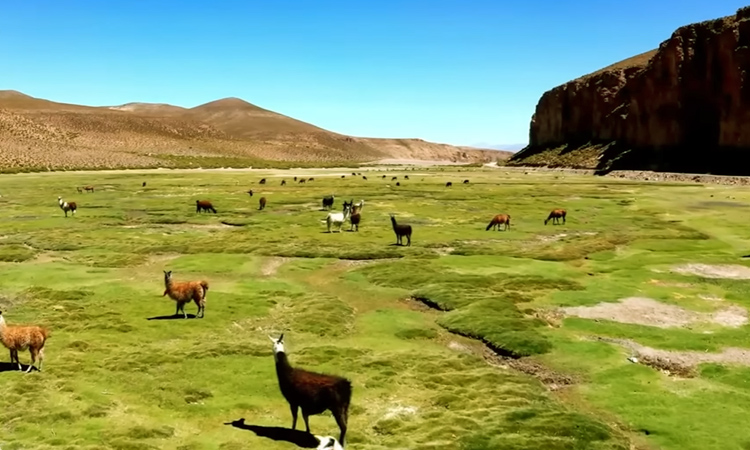
While the Andes provide a wealth of mineral resources, mining activities have also raised concerns about their environmental impact. Deforestation, water pollution, and habitat disruption are some of the environmental challenges associated with mining in the region. Balancing the economic benefits of mining with sustainable environmental practices is a pressing issue for Andean countries.
The Andes region is not only known for its natural resources but also for its innovative mining technologies and practices. As the demand for responsible and sustainable mining grows, the Andes are becoming a testing ground for new technologies and approaches that aim to minimize the industry’s environmental footprint.
The Andes Mountains stand as both a geological marvel and a source of invaluable mineral resources, making them a vital part of the global economy. While their natural beauty and cultural significance continue to attract visitors from around the world, the sustainable management of their mineral wealth poses a challenge that Andean countries are actively addressing.
As the world’s thirst for minerals and metals continues to rise, the Andes remain a focal point in the ongoing conversation about responsible and sustainable resource extraction.***

